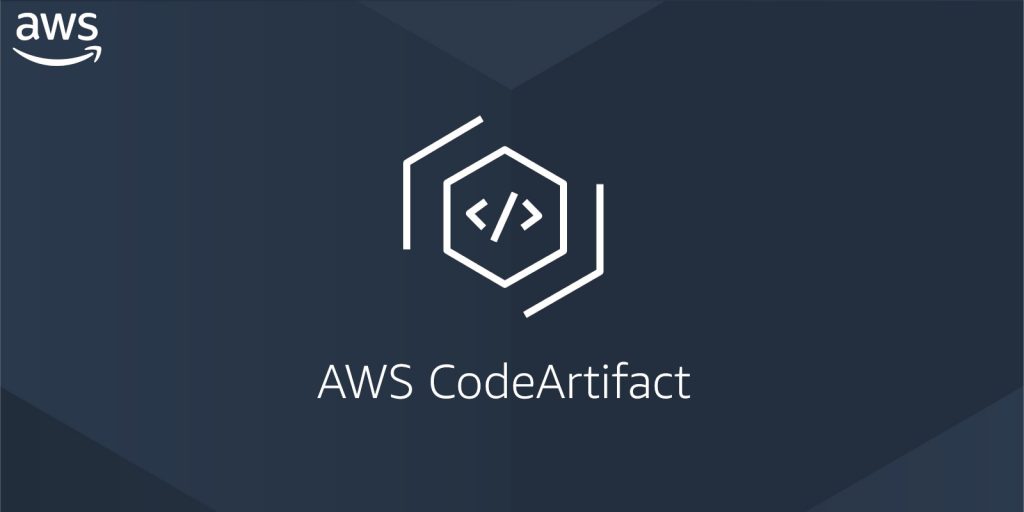Implementing AWS CodeArtifact in AWS
 Sumit Mondal
Sumit MondalTable of contents

Introduction:
In the rapidly evolving world of cloud computing, AWS (Amazon Web Services) stands out as a leader, providing a plethora of services to cater to diverse needs. One such service, AWS CodeArtifact, plays a crucial role in managing and organizing software artifacts. In this blog post, we'll walk you through the simple steps to implement AWS CodeArtifact in AWS.
What is AWS CodeArtifact? AWS CodeArtifact is a fully managed artifact repository service that allows you to store, publish, and share software packages. It supports popular package formats like Maven, npm, and Python, making it a versatile solution for managing dependencies in your software projects.
Prerequisites: Before diving into the implementation, ensure you have an AWS account and the necessary permissions to create and configure AWS CodeArtifact repositories.
Step 1:
Accessing AWS Management Console
Log in to your AWS Management Console using your credentials.
Navigate to the AWS CodeArtifact service.
Step 2:
Creating a Repository
Click on the "Create repository" button.
Provide a unique name for your repository.
Choose the package format that matches your project (Maven, npm, or Python).
Optionally, configure repository settings such as upstream repositories and permissions.
Click on "Create repository."
Step 3:
Configuring Your Build Environment To start using AWS CodeArtifact in your development environment, you need to configure your build tools. Here's a brief guide for popular build tools:
For Maven:
- Update your project's pom.xml file to include the AWS CodeArtifact repository details.
<repositories>
<repository>
<id>aws-codeartifact-repo</id>
<url>https://your-account-id.d.codeartifact.your-region.amazonaws.com/maven/your-repository-name/</url>
</repository>
</repositories>
- Update the distributionManagement section to deploy artifacts to AWS CodeArtifact.
For npm:
- Configure npm to use the AWS CodeArtifact repository by running the following command:
npm config set registry https://your-account-id.d.codeartifact.your-region.amazonaws.com/npm/your-repository-name/
For Python:
- Configure pip to use the AWS CodeArtifact repository by creating or updating your pip configuration file (~/.pip/pip.conf) with the repository details:
[global]
index-url = https://your-account-id.d.codeartifact.your-region.amazonaws.com/pypi/your-repository-name/simple/
Step 4:
Integrating CodeArtifact with Your CI/CD Pipeline (Optional) If you're using a CI/CD pipeline, integrate AWS CodeArtifact into your build and deployment processes. Update your pipeline scripts to fetch dependencies from the configured AWS CodeArtifact repository.
Conclusion:
Congratulations! You've successfully implemented AWS CodeArtifact in your AWS environment. By following these easy steps, you can leverage this powerful service to streamline artifact management, enhance collaboration, and ensure the integrity of your software projects. As you explore AWS CodeArtifact further, you'll discover even more ways to optimize your development workflows in the cloud.
Subscribe to my newsletter
Read articles from Sumit Mondal directly inside your inbox. Subscribe to the newsletter, and don't miss out.
Written by

Sumit Mondal
Sumit Mondal
Hello Hashnode Community! I'm Sumit Mondal, your friendly neighborhood DevOps Engineer on a mission to elevate the world of software development and operations! Join me on Hashnode, and let's code, deploy, and innovate our way to success! Together, we'll shape the future of DevOps one commit at a time. #DevOps #Automation #ContinuousDelivery #HashnodeHero